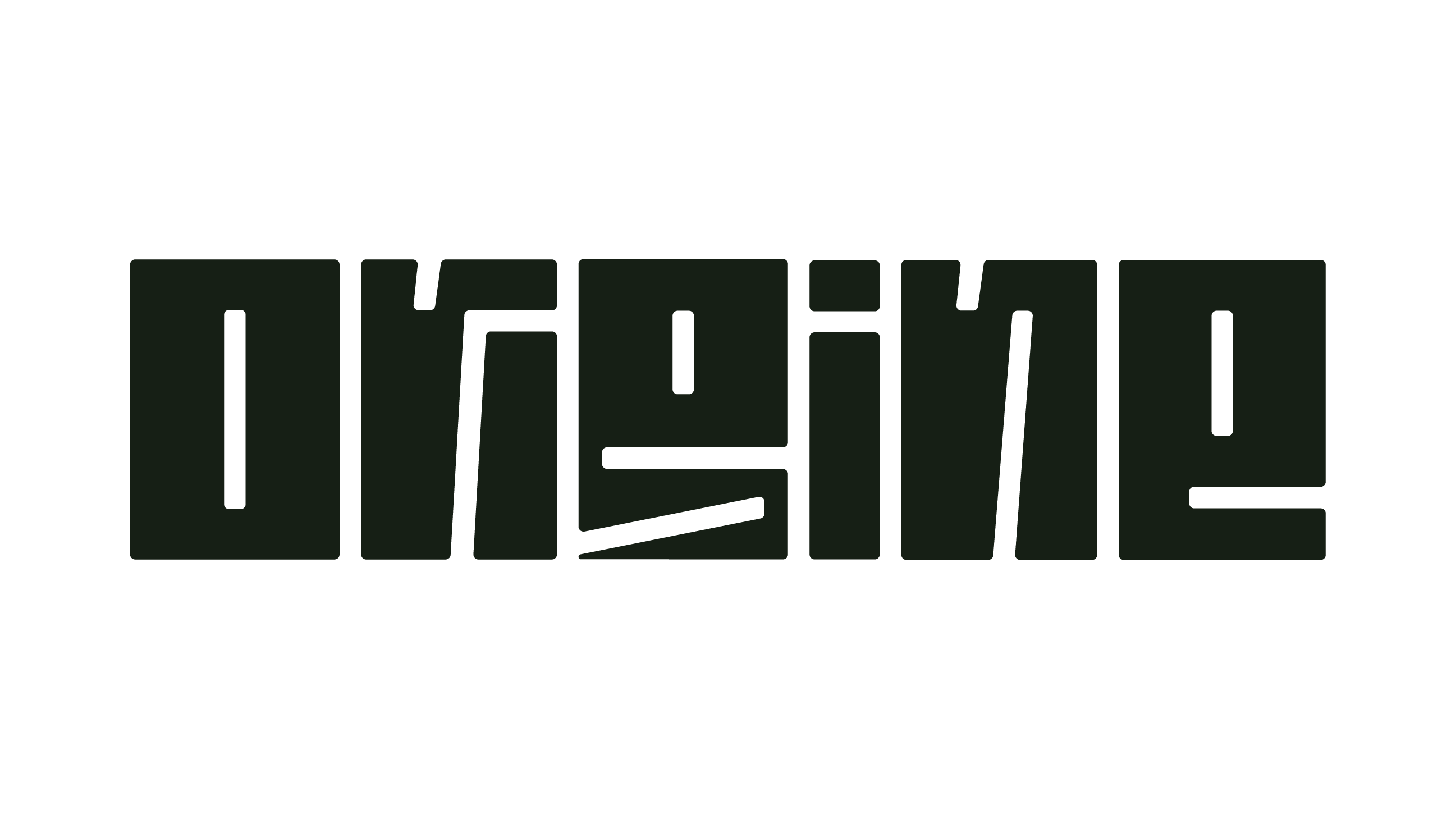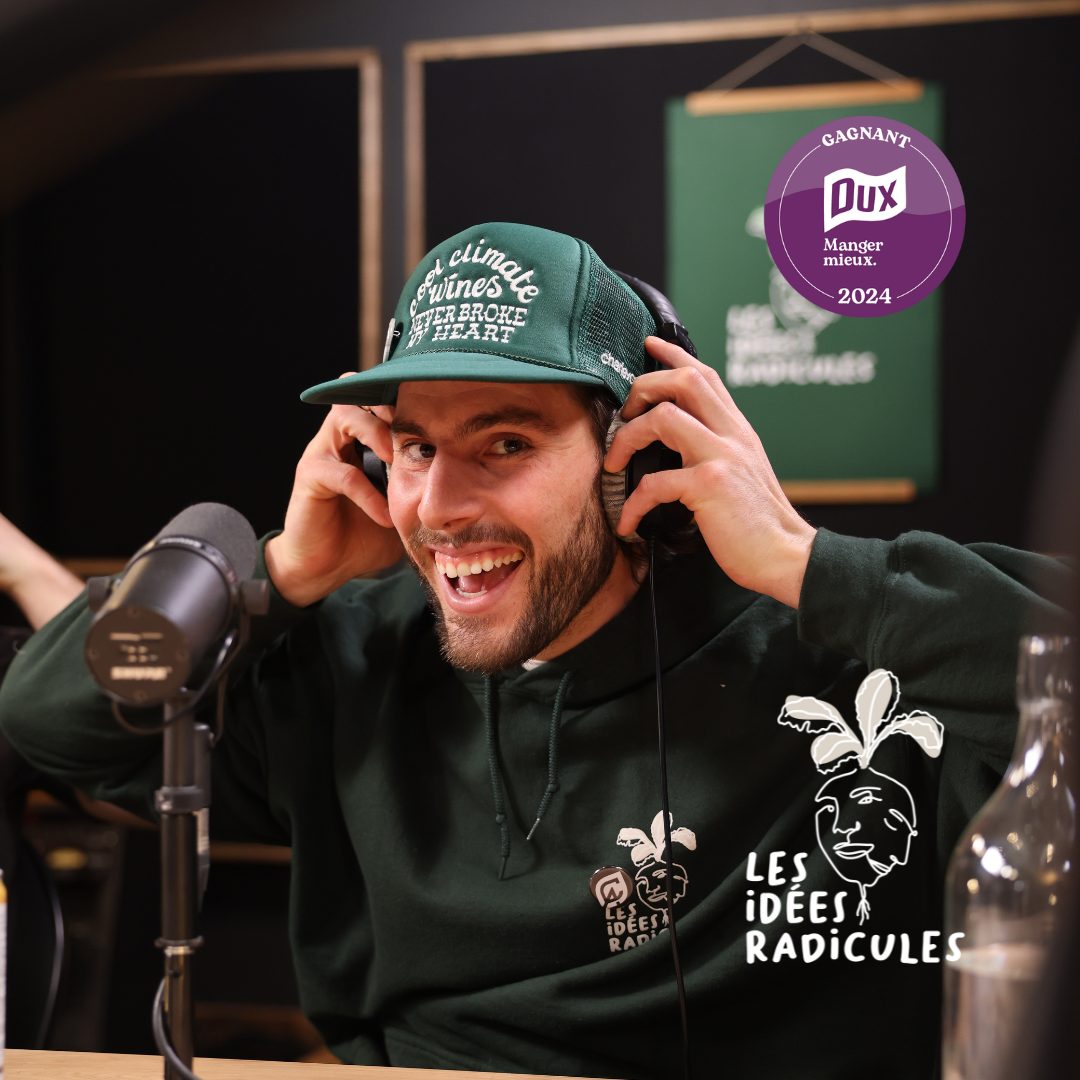The CO2 gravedigger
The last time you saw one of your buddies, he was 6'3" and weighed 250 pounds. You run into him a few years later, skinny as a rail. "Wow!" you think. "He really needs to lose weight!" Over the last century, our land has also lost a lot of ground. More than half of the carbon it contained has escaped due to the intensification of agricultural practices. This loss has generated almost as much greenhouse gas as all the fossil fuels produced during the same period.
Long concerned about climate change and soil depletion, agronomist Jacques Nault co-founded Logiag with his brother Charles. That was in 1999. Over the past ten years, their company has, among other things, developed a revolutionary technology that has just earned it first prize in an international competition launched by the American group Indigo Ag. A superb distinction considering that 250 companies from 44 countries were vying for first place.
Thanks to its system LaserAG , an ultra-sophisticated device weighing 500 kg and as big as a washing machine, it is now possible not only to evaluate in less than a minute the composition of a soil (potash, calcium, phosphorus, selenium, etc.), but also the quantity of carbon it contains. To make the soil samples taken in the field talk, they are bombarded with bursts of 100 laser pulses per second. This excites electrons, raises their temperature to 20,000 °C, creates a plasma and makes it possible to intercept photons which end up spitting out the desired information.
It took ten years of effort to develop this ingenious system, which combines laser-induced spectroscopy, an optical unit accurate to a millionth of a meter, and the phenomenal power of algorithms. With the help of the NRC in Boucherville, the National Optics Institute (INO), and the Montreal Computer Research Center (CRIM), and his own team of researchers, Jacques Nault has managed to achieve a level of precision that only a chemical laboratory can offer, much more slowly and at a much higher cost. " In an eight-hour day," says Jacques Nault, "an operator can perform 500 complete analyses without chemicals and without any risk of human error. "
Knowing that agriculture is responsible for 10% of GHG emissions, we understand the reason that pushed the 60-year-old agronomist and his entire team to make such an effort. " In addition to being able to reduce its carbon dioxide production, agriculture is the only industry capable of trapping CO 2 that is in the atmosphere. We can absorb up to three times more greenhouse gases into our soils than we emit. " Studies show that each acre of agricultural land could store 13 to 26 tons of carbon in the form of organic matter, which is currently floating around in the air of our suffocating planet.
Indigo Ag aims to sequester a trillion tons of carbon in the soil over the years. Jacques, who lives a stone's throw from the U.S. border, hopes the company that won his prize invention will order a large number of them to achieve his goals.
" Indigo has found the right technology. It can encourage farmers to sequester carbon in the soil. In turn, it will gradually be able to benefit from the carbon credits this will generate. "
Although he grew up on the asphalt of Montreal, Jacques always knew he would pursue a career in agronomy. So, there was no question of him waiting for this prestigious award to get going. Armed with a master's degree in ecological agriculture obtained in 1991, he and other colleagues developed training courses on integrated fertilization. For approximately 150 of his farming clients, he conducted diagnostics, made recommendations, and promoted no-till farming, continuous cultivation, and optimal quantities of manure to be applied to the soil. It was, in a way, an Agro-Environmental Fertilization Plan (PAEF) ahead of its time.
Less than two years after launching its business, Logiag had 1,500 clients. Today, thanks to the network developed with other firms, 6,000 farmers can benefit from its database. " We ensure that the recommendations comply with the Farm Regulations and agronomic laws. "
Over the years, Logiag's offerings have expanded. It includes departments for services, engineering, IT, fertilizer waste, and, of course, soil analysis, which led to the development of LaserAg.
So much so that today, we can say that the environment at the Châteauguay head office is very healthy. Logiag's vice-president of agronomy could even loudly proclaim: " Bring some Carbon dioxide! We eat it!






